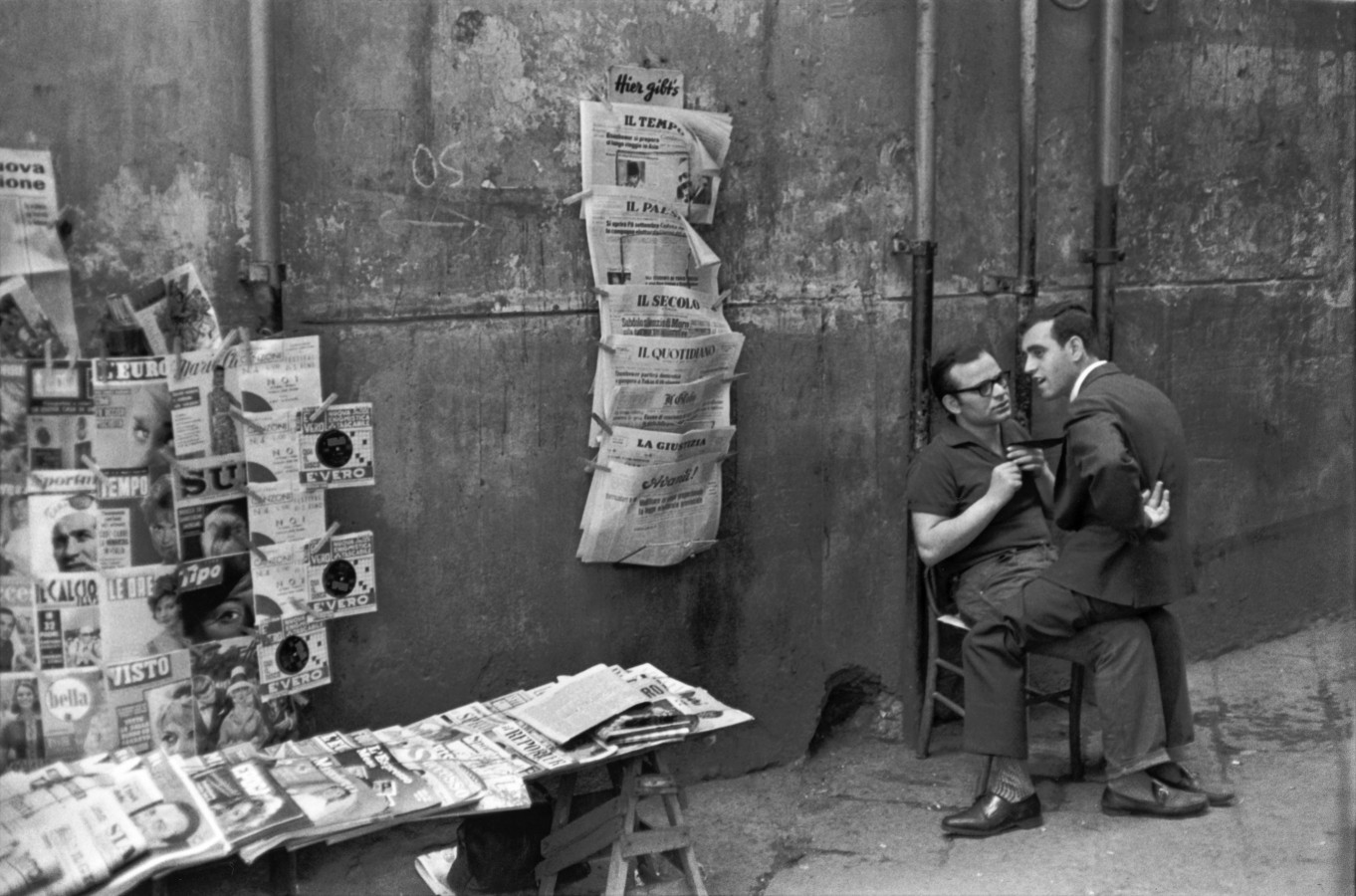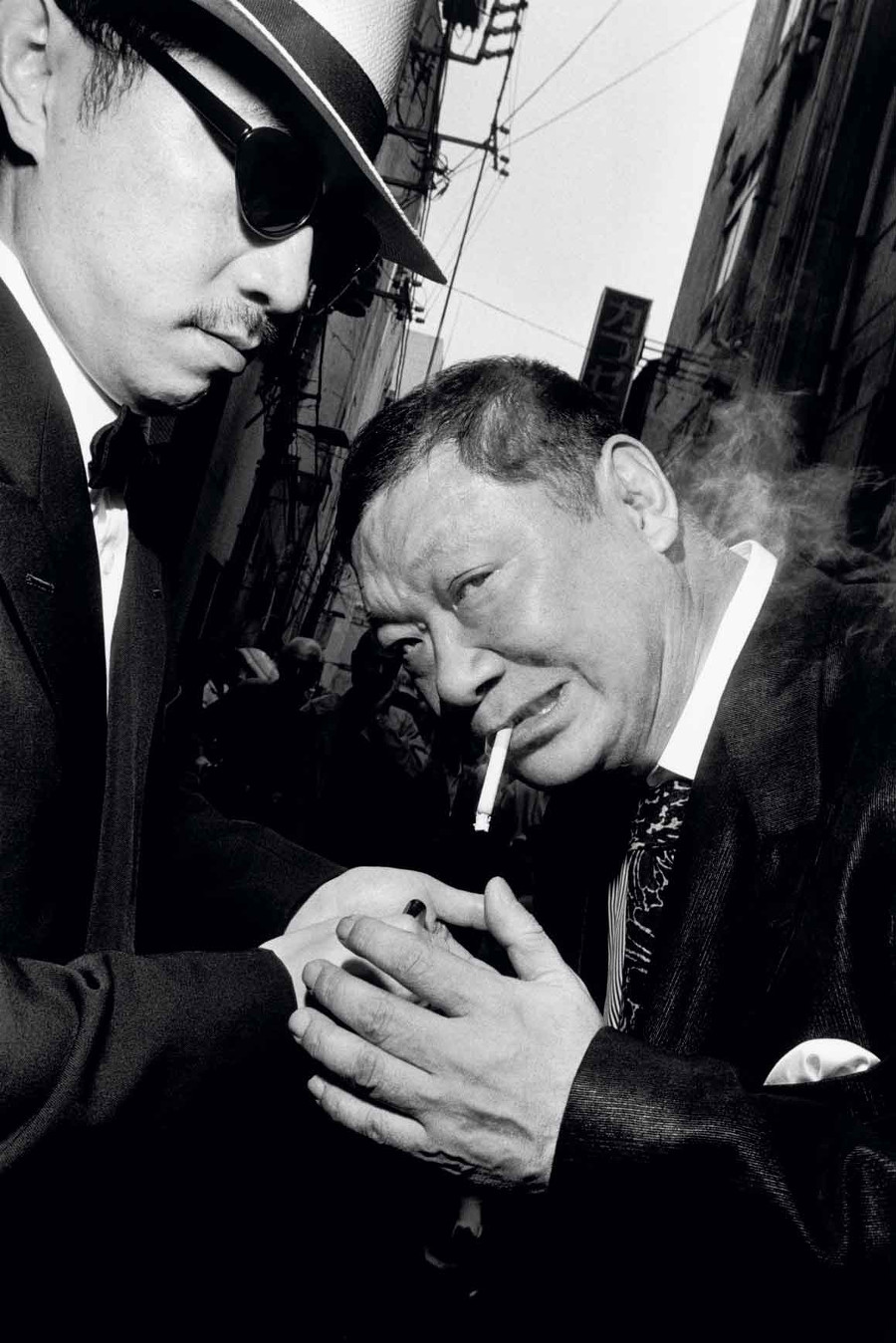In Friday’s class, we filmed a short scene following the formal process. We assign ourselves into specific roles for this project, such as actors, boom assistance, sound operator, camera operator, first assistant director, cinematographer and director. That was an excellent experience because we had a great collaboration in the process.
I was responsible for operating a camera. The core of this role not simply presses the ‘red’ button on a camera, but also preserves a good quality of images. How good is it? The basic requirement of good view could be generally measured by two main aspects: under focus and correct exposure.
So these were two major things that I had to do before rolling my camera. If I were shooting, the first thing I would do was turning on the ‘Zebra’ button, this is normally functional in a professional camera, to see the level of exposure in my viewfinder; secondly, I suggest to focus on character’s eyes when a cameraman tries to make a correct focus. Ideally, you could close-ups on character’s eye with the maximum focal length in order to easily check the correction. If, however, it was still not clear enough, sometimes you could use extension focus, this function is dependent on your camera, to get a closer look.
After reviewing the clips, I found a couple questions. So I reflect. Our location is in narrow space, a back stairway in building 5. Using a tripod is not a good way of shooting in a narrow and small space because you cannot operate easily. Your movement is limited. Instead, a handheld camera is really useful. It is less limitations for camera position. You could definitely play around the space like a master. One shot, but only in my imagination, I really like if I handheld my camera. I could easily connect Lucy and Charlie by following the railway of stairs. There is no doubt, it is a naturally leading line connecting two characters.
. So overall, shooting on a tripod is kind of a constraint on your own options, and even worse, on your imagination. Hopefully, I could make this shot next time.



